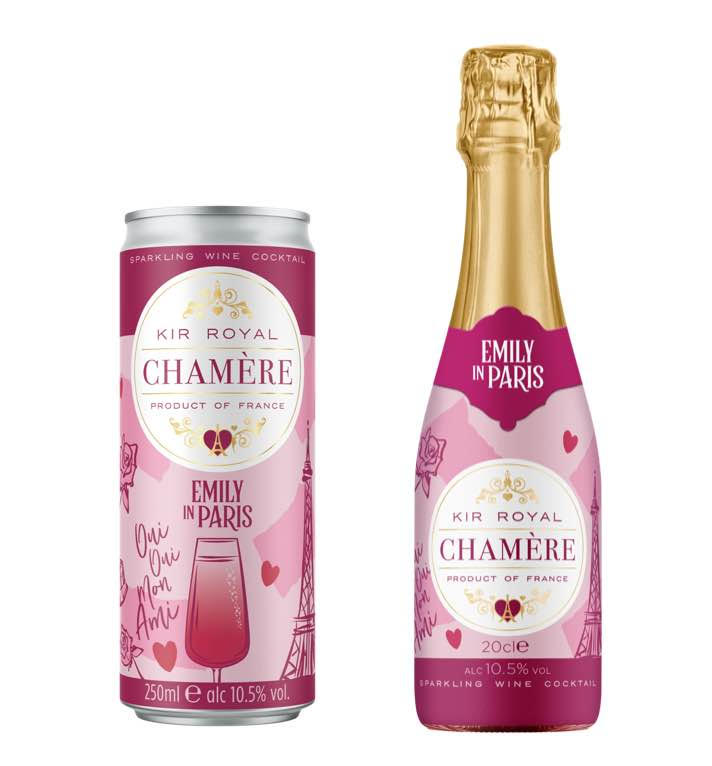
Home improvements are a great way to boost both the comfort and value of your property. While many homeowners focus on areas like the kitchen or living room, the bathroom is often overlooked. Yet, upgrading your bathroom can have a significant impact on your day-to-day life.
From increasing property value to making your space more comfortable, the benefits are clear. Austin, Texas, is known for its unique blend of modern city living and traditional charm, making it a prime location for home improvements. Remodeling your bathroom in Austin not only enhances your home’s comfort but also boosts its value in a competitive housing market.
With local trends leaning toward energy-efficient upgrades and sleek designs, a bathroom remodel in Austin can bring a fresh, updated look to your home while improving functionality. Let’s highlight a few key ways that remodeling your bathroom can add value and comfort to your home:
Increases Property Value
One of the biggest advantages of remodeling your bathroom is the boost in property value. Potential buyers often look for homes that have modern and updated bathrooms. Even if you’re not planning to sell your home anytime soon, knowing that a remodel can increase its value is a great incentive. A freshly remodeled bathroom with new fixtures, tiles, and a modern layout can be a major selling point. Buyers appreciate the work that has been done, and it can give your home a competitive edge in the market.
For instance, in Austin shower replacement cost can vary depending on materials, labor, and the installation process you choose. However, rest assured that it will be significantly less than the return on investment (ROI), making it a cost-effective upgrade that adds significant value to your home. Acquiring professional services, such as the ones provided by ZINTEX Remodeling Group, is key to ensuring the job is done right. They offer expert remodeling services, providing high-quality, durable installations tailored to your needs. Their team ensures a hassle-free remodeling experience with custom designs and professional craftsmanship to enhance the look and functionality of your bathroom.
Improves Energy Efficiency
Another important benefit of remodeling your bathroom is the opportunity to improve energy efficiency. Older bathrooms often have outdated fixtures and appliances that use more water and energy than necessary. By upgrading to energy-efficient models, you can save on utility bills while also helping the environment.
Low-flow toilets, faucets, and showerheads are great examples of energy-saving fixtures. You can also install LED lighting, which uses less electricity than traditional bulbs. These upgrades not only lower your monthly expenses but also make your home more environmentally friendly. Over time, these changes can significantly reduce your energy consumption.
Enhances Aesthetic Appeal
A bathroom remodel is a perfect chance to improve the overall look of your space. Whether your current bathroom feels outdated or you simply want to change its style, remodeling gives you the opportunity to create a fresh, modern design. From choosing new tiles to selecting updated countertops, you can design a bathroom that fits your taste and enhances the look of your home.
Today’s design trends offer a variety of options, from minimalist styles to more luxurious finishes. Whether you prefer a sleek, modern look or a more classic, timeless feel, remodeling allows you to create a bathroom that you love. A visually appealing bathroom also adds to the overall aesthetic value of your home, making it more attractive and enjoyable for both you and your guests.
Boosts Storage Space
Remodeling your bathroom can also help you make better use of the available space. Many older bathrooms lack sufficient storage, leading to clutter and disorganization. By adding cabinets, shelves, or built-in storage, you can increase the functionality of your bathroom and keep it tidy.
Modern bathroom designs often include smart storage solutions that maximize the use of small spaces. For example, floating shelves or vanity cabinets can provide extra storage without taking up too much room. By incorporating these features into your remodel, you can create a bathroom that is both practical and stylish, with everything you need neatly organized and easily accessible.
Increases Home Comfort
One of the main reasons people choose to remodel their bathrooms is to increase comfort. A bathroom should be a relaxing space where you can unwind, and upgrading it can make a big difference in how comfortable it feels. Simple changes, like installing a new shower or bathtub, can enhance your daily routine and provide a more enjoyable experience.
Upgrades such as heated floors, towel warmers, or a rain showerhead can turn your bathroom into a personal oasis. These small changes can significantly improve your overall comfort, making your bathroom a place where you can relax and recharge after a long day. Whether you’re looking for a more luxurious experience or just a more functional space, remodeling can make your bathroom much more comfortable.
Fixes Existing Plumbing Issues
A bathroom remodel is the perfect time to address any plumbing problems that might have been causing issues in your home. Older bathrooms often have outdated pipes, fixtures, or drainage systems that can lead to leaks, blockages, or water damage. During the remodel, you have the opportunity to inspect the plumbing thoroughly and fix any problems before they become more serious.
Repairing or upgrading plumbing can prevent long-term damage to your home. Leaky faucets or pipes not only waste water but can also cause mold, mildew, or structural damage if left unattended. By tackling these issues during the remodeling process, you’re not just improving the look of your bathroom, but also ensuring it functions properly for years to come.
Enhances Safety & Accessibility
Safety is another key benefit of remodeling your bathroom, especially if you have small children, elderly family members, or someone with mobility challenges in your household. Modern bathrooms can be equipped with features that improve safety, such as grab bars, anti-slip flooring, and walk-in showers.
These additions can make your bathroom more accessible and reduce the risk of accidents. For instance, walk-in showers and bathtubs with low thresholds are easier to use and safer for people with limited mobility. Installing these features can help create a bathroom that is safer and more comfortable for everyone in your home.
A bathroom remodel is a smart investment that can bring both value and comfort to your home. From increasing property value to improving energy efficiency and safety, the benefits of remodeling your bathroom are clear. It also provides an opportunity to fix existing plumbing problems, enhance air quality, and make the space easier to maintain. Whether you’re planning to sell your home in the near future or simply want to improve your quality of life, a bathroom remodel is a worthwhile project that can have lasting benefits.
Collaborative post with our brand partner.











